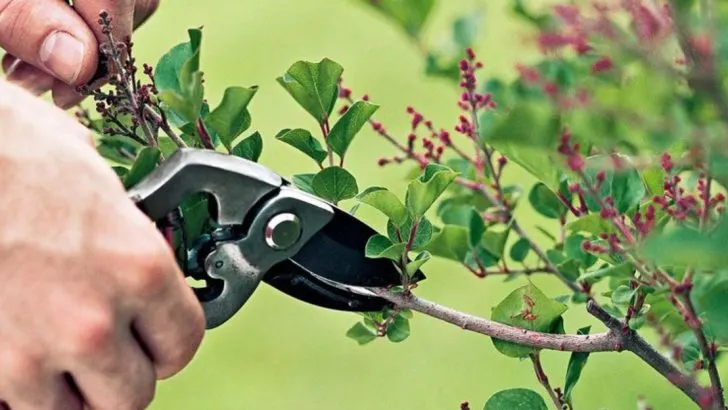Mid-May might feel like you’ve missed the boat on some garden fixes — but there’s still plenty you can do to set your plants up for success. While a few issues are now best left alone until next season, others are still fixable with quick action and the right know-how.
In this article, we’ll walk you through 10 common garden problems you can confidently tackle right now, from soil imbalances and late pruning to pest prevention and plant rescue. We’ll also flag 7 issues it’s officially too late to correct, so you don’t waste effort on lost causes.
Timing matters in the garden — and May is your last call for several key moves.
Weed Invasion
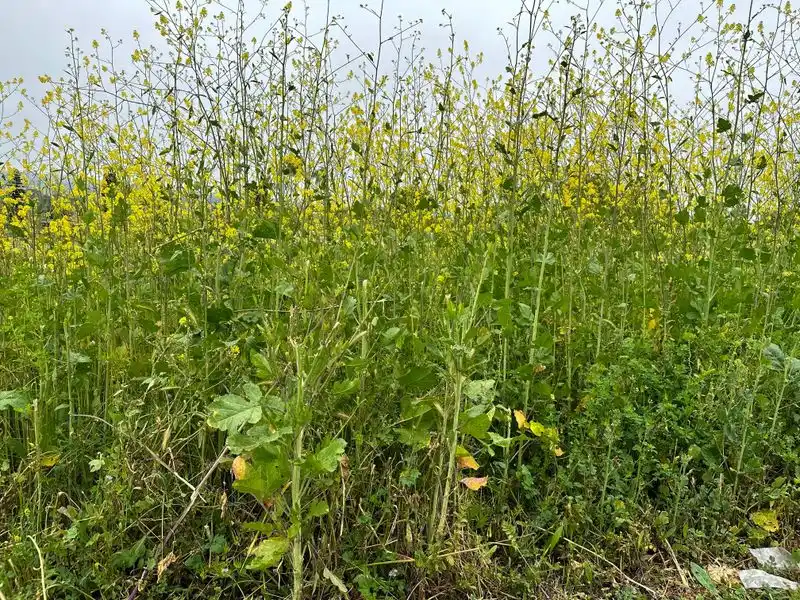
Weeds might be stubborn invaders, but mid-May is the perfect time to reclaim your garden. A little elbow grease and a good pair of gloves can make a significant impact. Regular weeding prevents these nuisances from seeding and spreading further.
Consider using a mulch layer to suppress new weed growth. Mulching not only helps with weed control but also retains moisture and adds a polished look to your garden. Introducing ground covers can also help in crowding out unwanted plants.
Persistence is key, and your efforts will pay off with a tidier, healthier garden.
Fertilizer Boost
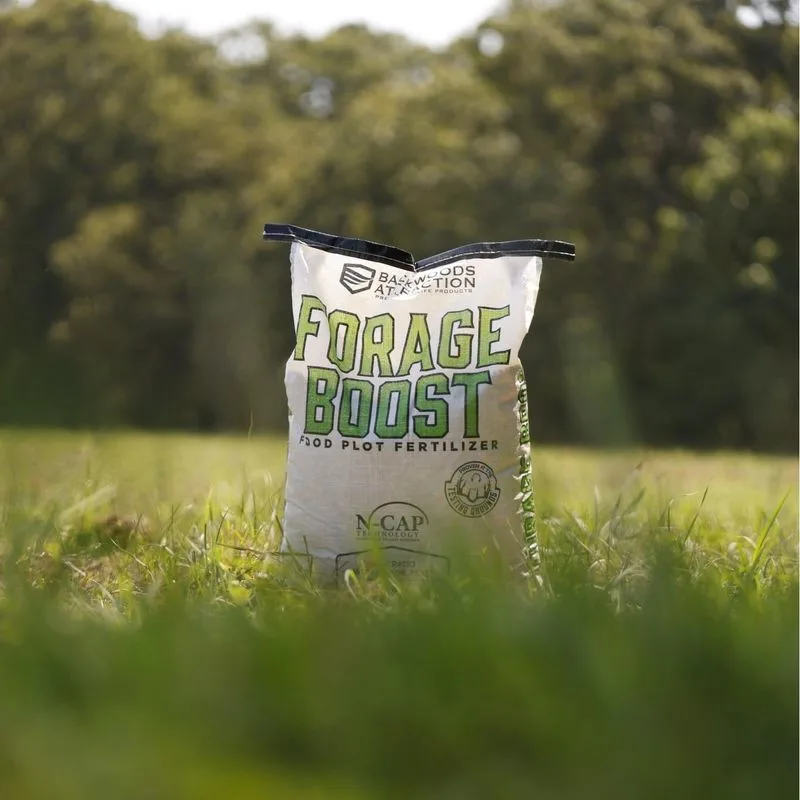
Mid-May is still a great time to give your plants a nutritional boost. Fertilizers can recharge depleted soils, promoting vigorous growth. Organic fertilizers, like compost or well-rotted manure, are excellent choices.
The process is simple: sprinkle the fertilizer around the base of your plants and gently work it into the soil. Ensure your choice of fertilizer suits the needs of your specific plants, as over-fertilizing can cause harm rather than help.
This small effort can lead to a bountiful harvest or a lush display of flowers come summer.
Pest Control Measures
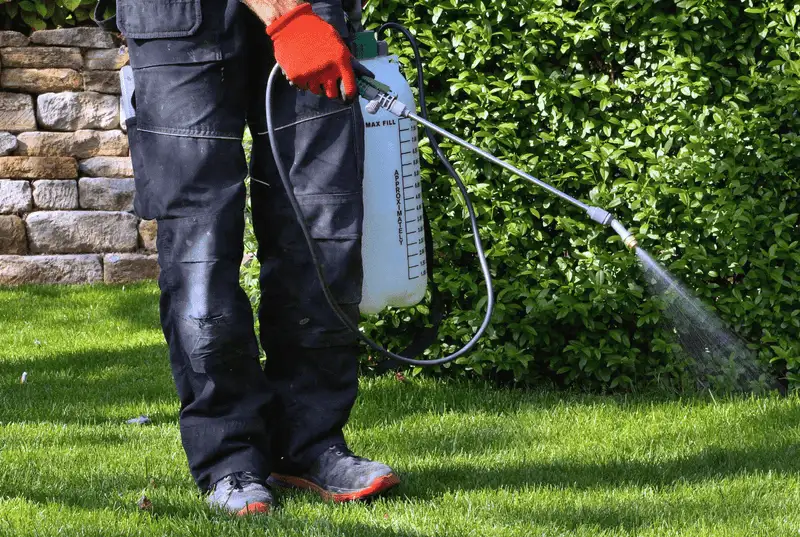
Pests can wreak havoc in any garden, but mid-May offers a window to tackle them head-on. Inspect your plants regularly for signs of damage or the pests themselves.
Consider natural pest control methods such as neem oil or insecticidal soap, which can be effective and environmentally friendly. Keep beneficial insects, like ladybugs and lacewings, in mind; they are natural predators to many garden pests.
By maintaining a vigilant approach, gardeners can mitigate pest damage and promote a healthier garden environment.
Pruning Spring Bloomers
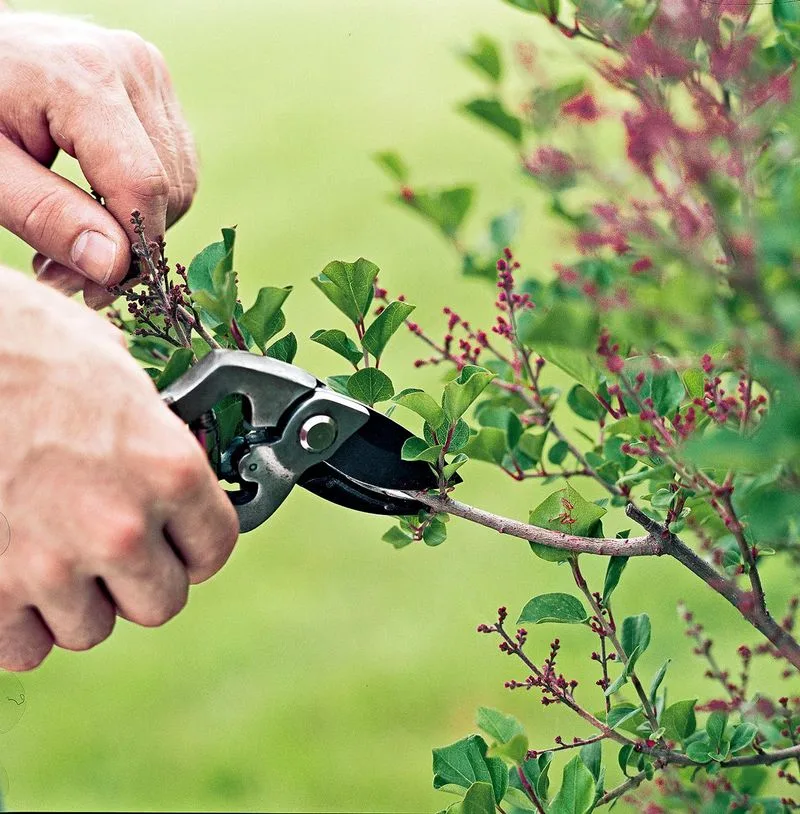
After spring bloomers have finished their display, pruning is essential to encourage healthy growth. Timing is crucial; mid-May is ideal for trimming back shrubs like lilacs and forsythias.
Pruning helps prevent overgrowth and ensures that light and air can circulate through the plant. Use clean, sharp tools to make precise cuts and avoid damaging the plant.
This task not only keeps your garden tidy but also prepares these plants for another spectacular show next year.
Thinning Seedlings
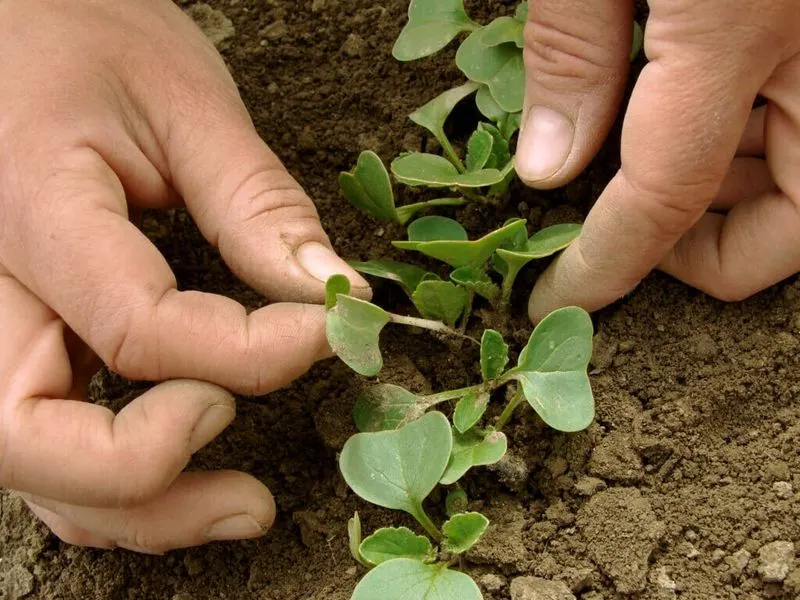
As seedlings grow, they often need space to develop properly, making thinning vital. Mid-May is an opportune moment to thin seedlings, ensuring the strongest plants have room to thrive.
Carefully remove excess plants to reduce competition for resources like nutrients, light, and water. This task may seem tedious, but it’s a crucial step for a successful harvest.
Your garden will thank you with robust vegetables or flowers that have had the space to grow unhindered.
Irrigation System Adjustments
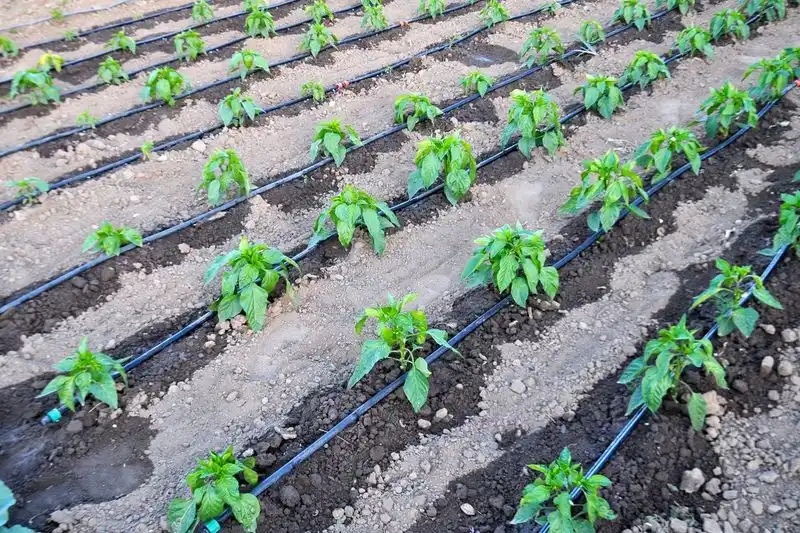
With the weather warming, it’s time to reassess your irrigation system. Ensuring your plants receive adequate water without wastage is crucial.
Mid-May is the perfect time to adjust or repair any leaks and ensure your system is efficient. Consider setting a timer for early morning watering to minimize evaporation.
A well-maintained irrigation system supports healthy plant development, conserving water and saving you time and effort in the long run.
Container Plant Refresh
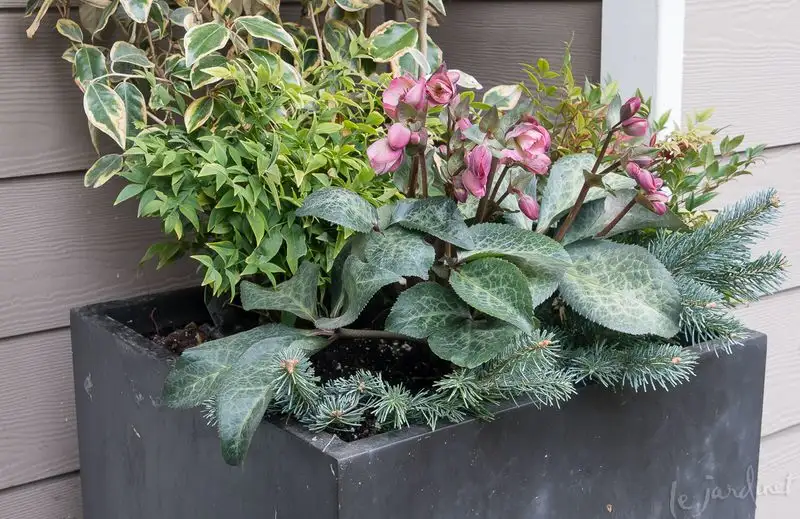
Container plants may need a refresh around mid-May. Repotting gives them new soil and more room to grow, crucial for their health.
Use a high-quality potting mix and ensure the new container has proper drainage. This simple act can breathe new life into plants, encouraging more vibrant blooms or foliage.
Whether on a balcony or patio, freshened-up containers will enhance your outdoor spaces for the coming months.
Herb Garden Revitalization
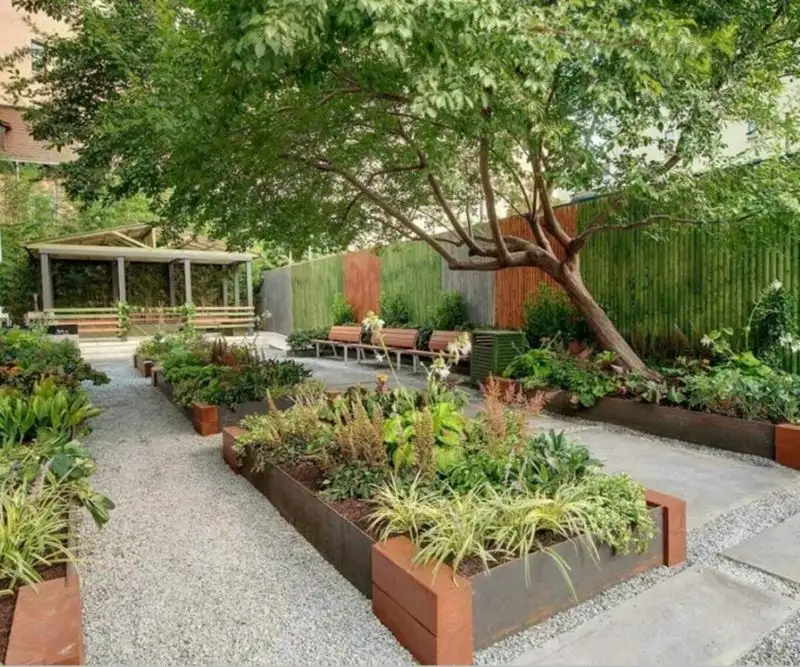
Herbs are culinary stars, and mid-May is the right moment to revitalize your herb garden. Replanting or adding new varieties keeps your selection fresh and exciting.
Consider companion planting; some herbs can protect others from pests or enhance flavors. Sage and rosemary, for instance, thrive together and complement each other beautifully in dishes.
Regular trimming encourages new growth, giving you a plentiful supply for your kitchen creations.
Compost Pile Check
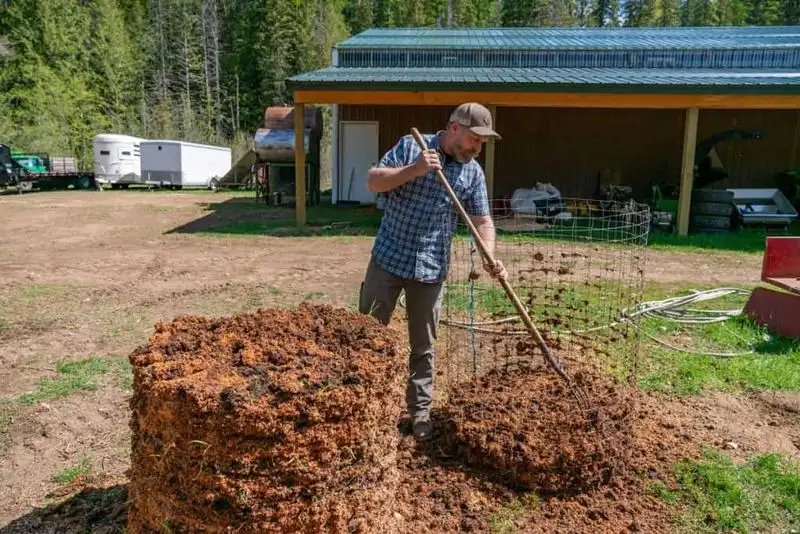
Mid-May is a great time to check the progress of your compost pile. Turn the pile to aerate it, which helps speed up the decomposition process.
Add a balanced mix of greens and browns to maintain the ideal composting conditions. Your garden will benefit from this nutrient-rich addition, supporting plant growth and soil health.
This eco-friendly practice reduces waste and provides a sustainable resource for your garden.
Stake Tall Plants
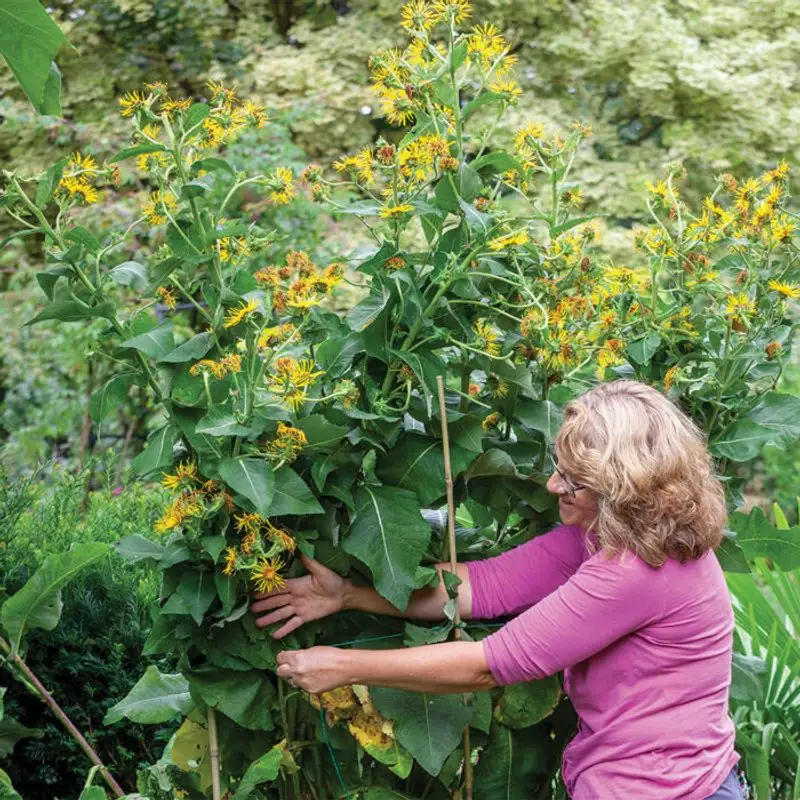
Tall plants often require support to prevent them from being damaged by wind or their own weight. Mid-May is an ideal time to stake plants like delphiniums or sunflowers.
Using stakes or cages will keep them upright, promoting healthier growth and better access to light. Secure ties gently to avoid damaging the stems.
This simple task can add structure and beauty to your garden, showcasing your tall plants in all their glory.
Lawn Aeration
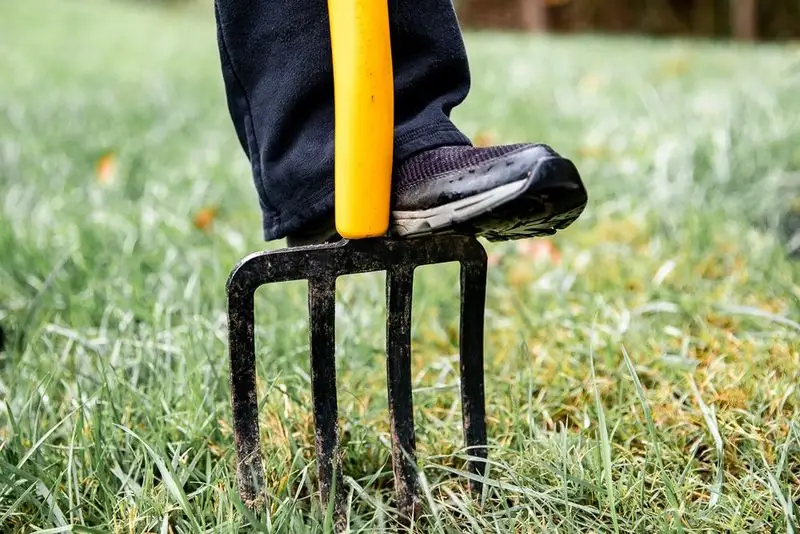
By mid-May, lawns can benefit from aeration, which helps grass roots breathe and absorb nutrients. This process alleviates soil compaction, allowing water and air to penetrate the ground more effectively.
Using a manual or mechanical aerator, perforate the lawn with small holes. This encourages new growth and can make your lawn look more vibrant.
Aeration is a vital step in lawn care that contributes to a lush, green result throughout the season.
Planting Warm-Season Vegetables
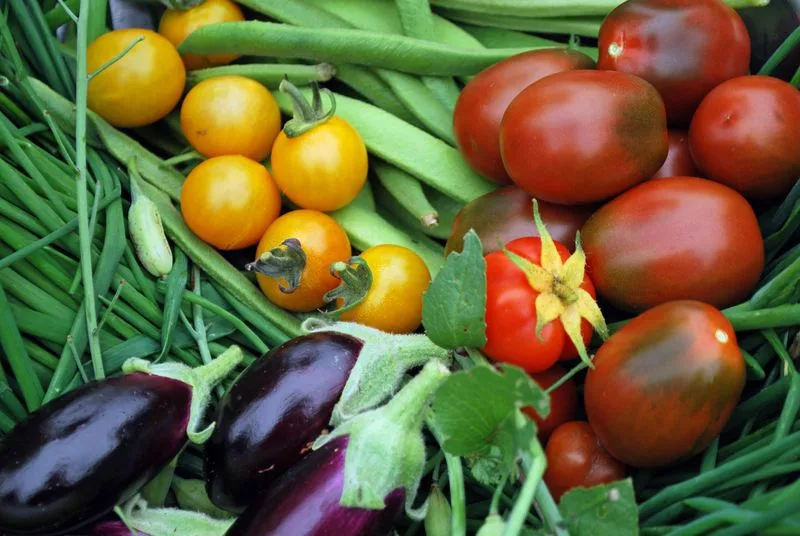
Warm-season vegetables like tomatoes and peppers thrive when planted in mid-May. This timing allows them to establish before the peak summer heat.
Prepare the soil with compost to enhance fertility. Plant seedlings at the right depth, spacing them to ensure ample room for growth.
With proper care, these vegetables will flourish, providing delicious produce throughout the summer months.
It’s Too Late: Early Spring Bulbs

Planting early spring bulbs like tulips or daffodils should have occurred in the fall. By mid-May, it’s too late to plant these bulbs if you want blooms this season.
Plan ahead for next year, marking a calendar reminder for fall planting. Store any unplanted bulbs in a cool, dry place to prevent rot.
While the chance has passed for this season, preparation can lead to vibrant spring displays in the future.
It’s Too Late: Cool-Season Crops
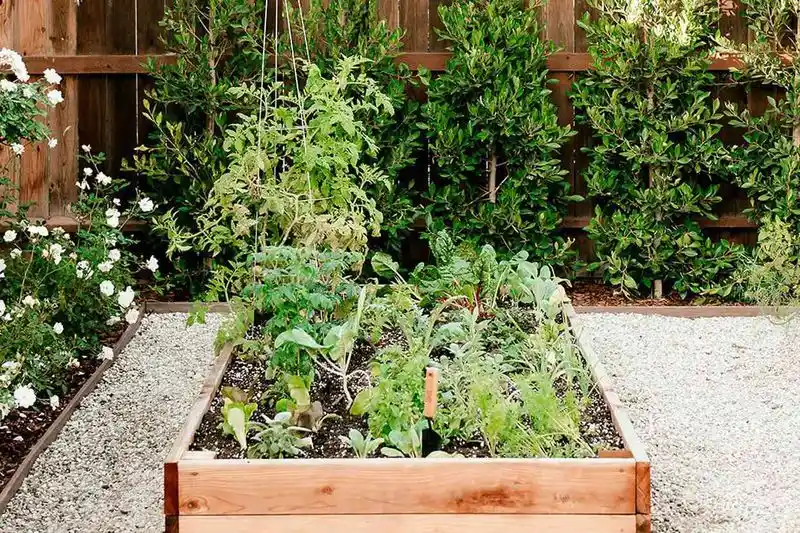
Mid-May is too late for crops like lettuce or peas, which thrive in cooler conditions. These should have been planted earlier in the spring.
Instead, focus on warm-season crops or prepare for a later fall planting of cool-season varieties. Keep notes on planting times to avoid this issue next year.
Timing is key, and learning from this season’s timing mishaps can lead to better results in subsequent planting cycles.
It’s Too Late: Tree Pruning
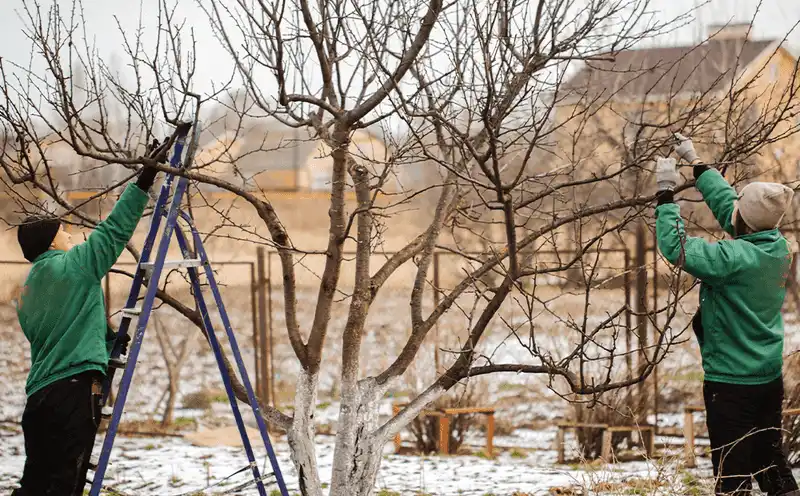
Pruning trees during active growth can stress them, and mid-May is too late for this task. Pruning should be done when trees are dormant, typically in late winter.
Avoid pruning now to prevent sap loss and potential pest infestation. Mark your calendar for the proper pruning season, ensuring healthier trees.
While it may be disappointing to wait, patience will protect and promote your trees’ long-term health.
It’s Too Late: Pre-Emergent Weed Control
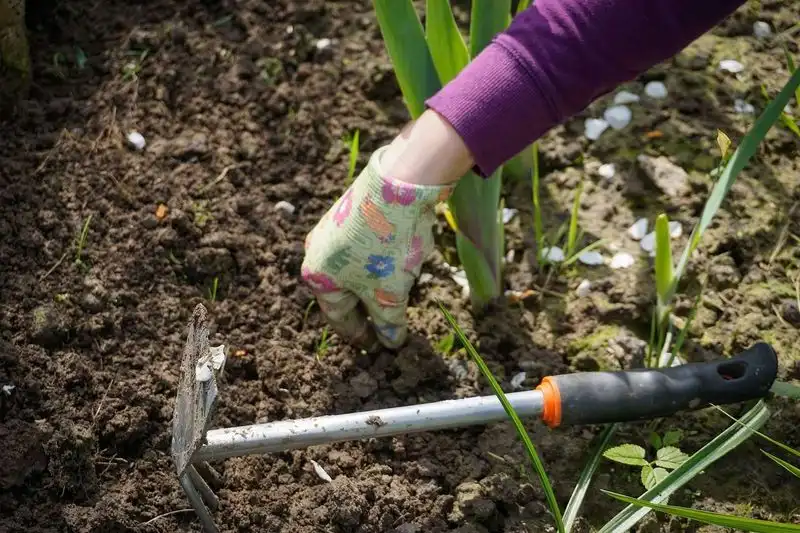
Pre-emergent weed control works best when applied before weeds sprout, usually in early spring. By mid-May, weeds have likely already germinated, reducing the treatment’s effectiveness.
Focus on other weed control measures, like mulching or manual removal. These methods can still help manage weeds throughout the season.
Lesson learned: timely application is crucial for minimizing weeds in the garden.
It’s Too Late: Certain Perennial Transplants
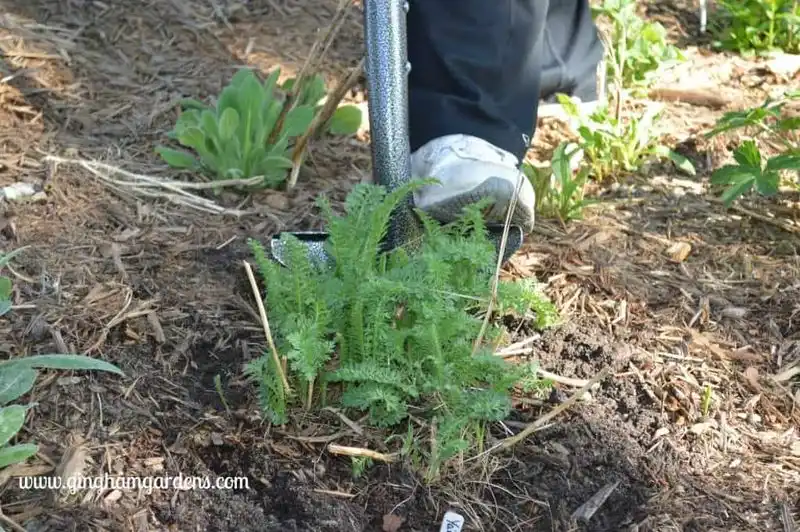
Transplanting perennials should occur when the plants are dormant or just beginning to grow. By mid-May, many perennials are already too established.
Transplanting now can cause shock, hindering growth and bloom potential. Plan to move perennials in early spring or fall for best results.
Understanding the growth cycle of your perennials helps ensure successful transplants and thriving garden beds.

